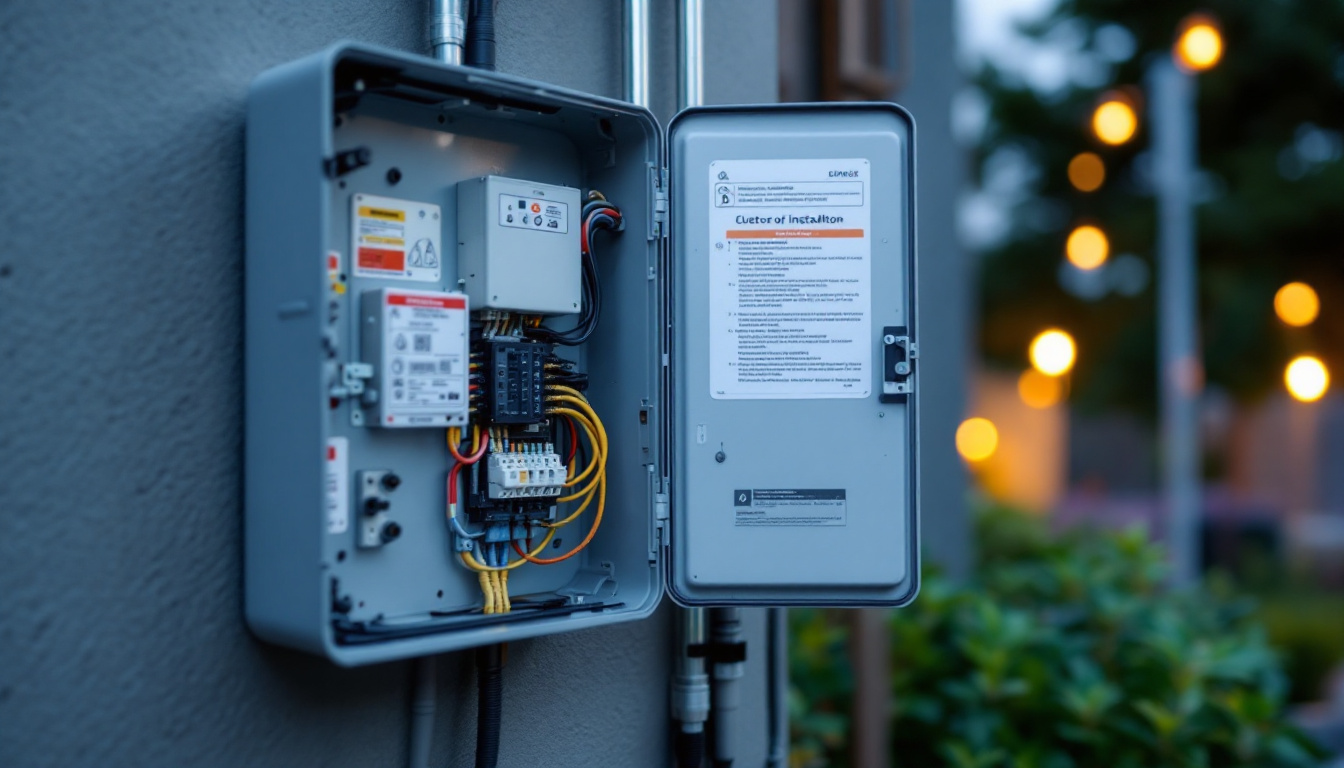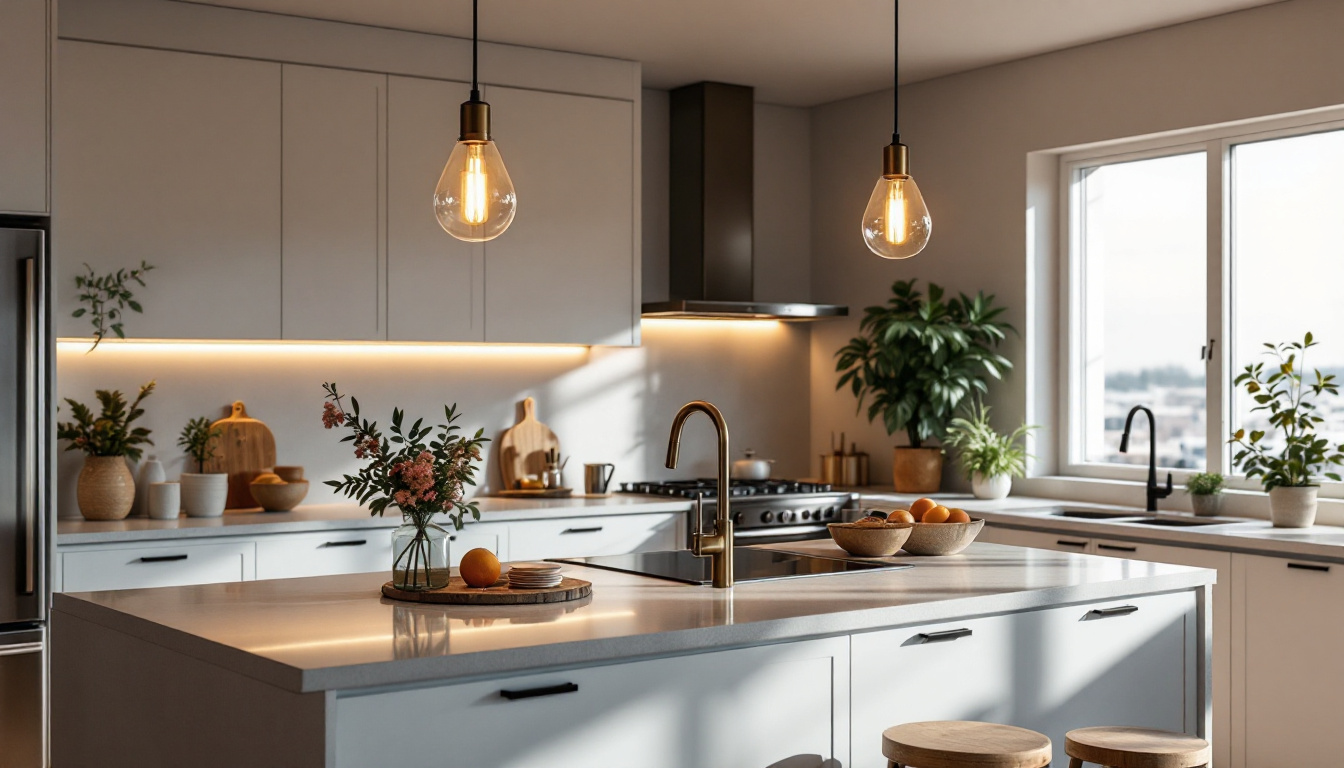

When it comes to outdoor lighting installations, the electrical box serves as a critical component that ensures safety and functionality. For lighting professionals, understanding the nuances of outdoor electrical boxes is essential to delivering quality work. This article provides a comprehensive checklist that covers everything from materials to installation techniques, tailored specifically for lighting contractors.
Outdoor electrical boxes are designed to house electrical connections and protect them from environmental factors such as moisture, dust, and temperature fluctuations. Their primary role is to provide a safe and secure environment for electrical wiring, ensuring that outdoor lighting systems function effectively and safely. These boxes are crucial for maintaining the integrity of electrical systems, as they prevent exposure to the elements that could lead to short circuits or electrical fires.
In addition to safeguarding electrical components, outdoor electrical boxes also enhance the aesthetic appeal of outdoor spaces. By concealing unsightly wiring and connections, these boxes contribute to a cleaner and more organized look in gardens, patios, and other outdoor areas. This attention to detail not only improves safety but also elevates the overall design of the outdoor environment, making it more inviting for gatherings and activities.
There are several types of outdoor electrical boxes available, each suited for different applications. The most common types include:
Additionally, some outdoor electrical boxes are designed with integrated features such as built-in timers or smart technology compatibility, allowing homeowners to automate their outdoor lighting systems. This innovation not only enhances convenience but also contributes to energy efficiency, as lights can be programmed to turn on and off based on the time of day or occupancy.
When selecting an outdoor electrical box, certain features should be prioritized:
Moreover, consider the ease of installation when selecting an outdoor electrical box. Some models come with user-friendly mounting options and clear instructions, making them suitable for DIY enthusiasts. This accessibility allows homeowners to take on their own electrical projects with confidence, further enhancing their outdoor spaces while ensuring safety and compliance with local electrical codes.
Proper installation of outdoor electrical boxes is crucial for safety and functionality. Following best practices can help avoid common pitfalls and ensure a successful installation. A well-installed electrical box not only protects the wiring and connections inside but also contributes to the overall efficiency of your electrical system, reducing the risk of malfunctions and hazards.
Before installation, conduct a thorough site assessment. Consider factors such as:
Additionally, consider the proximity to other structures and potential sources of interference, such as trees or buildings that might cast shadows or create wind tunnels. Understanding the microclimate of the installation site can also help you select the most durable materials and protective features for your electrical box.
When mounting the electrical box, adhere to the following guidelines:
Moreover, consider the use of gaskets or sealants around the edges of the box to provide an additional layer of protection against moisture and pests. This is especially important in areas prone to heavy rainfall or where insects might seek shelter. Proper sealing not only enhances the durability of the installation but also contributes to the overall safety of the electrical system by minimizing the risk of short circuits or electrical fires.
Wiring is a critical aspect of outdoor electrical installations. Ensuring that wiring is done correctly can prevent hazards and ensure the longevity of the lighting system. Proper wiring not only enhances safety but also optimizes the performance of outdoor fixtures, allowing for a seamless integration of aesthetics and functionality in your landscape design.
Outdoor wiring must be suitable for the environment. Consider the following:
When connecting wires, safety is paramount. Follow these steps:
Furthermore, it is advisable to use weatherproof junction boxes for any connections made outdoors. These boxes not only protect the wiring from the elements but also provide a safe enclosure for splices and connections, reducing the risk of short circuits. Ensure that all outdoor installations comply with local electrical codes and standards, as this can vary significantly by region and is crucial for safety and legality.
Lastly, always consider the future when planning your wiring layout. Incorporating additional circuits or outlets can be beneficial for future expansions, such as adding more lighting fixtures or outdoor appliances. Planning for flexibility can save time and resources down the line, allowing for a more versatile outdoor space that can adapt to your changing needs.
Adhering to safety standards and codes is non-negotiable in electrical installations. Familiarity with local and national codes ensures compliance and safety.
The NEC outlines essential guidelines for electrical installations, including:
In addition to the NEC, local regulations may impose additional requirements. Always check with local authorities to ensure compliance with specific codes that may affect outdoor installations.
Regular maintenance and inspection of outdoor electrical boxes are crucial for long-term performance. A proactive approach can prevent issues before they arise.
Establish a routine inspection schedule that includes:
Keeping the electrical box clean is essential for optimal performance. Consider the following maintenance practices:
Even seasoned professionals can make mistakes during outdoor electrical installations. Being aware of common pitfalls can help avoid costly errors.
One of the most frequent mistakes is overcrowding the electrical box with too many wires. This can lead to overheating and potential fire hazards. Always adhere to the box’s capacity ratings to ensure safe operation.
Failing to properly weatherproof connections can result in moisture intrusion, leading to short circuits and equipment failure. Ensure all connections are sealed and that the box itself is rated for outdoor use.
In summary, outdoor electrical boxes play a vital role in the safety and functionality of outdoor lighting systems. By understanding the various types of boxes, adhering to installation best practices, and following safety standards, lighting professionals can ensure successful installations. Regular maintenance and awareness of common mistakes further enhance the reliability of outdoor electrical systems. By following this essential checklist, lighting contractors can deliver high-quality, safe, and durable outdoor lighting solutions that meet the needs of their clients.
Ready to elevate your outdoor lighting projects with the highest quality electrical boxes? Look no further than LumenWholesale. Our extensive selection of spec-grade lighting products ensures you have access to the best materials for any job, all at unbeatable wholesale prices. Say goodbye to local distributor markups and hello to superior products, free shipping, and the convenience of bulk buying. Don’t compromise on quality or value — shop at LumenWholesale today for all your wholesale lighting needs and experience the perfect blend of quality, affordability, and convenience.

Discover essential insights into plug outlet selection with our comprehensive guide tailored for lighting contractors.

Discover essential insights into bathroom lighting that every contractor should know.

Discover essential insights for lighting contractors on selecting and installing the perfect kitchen island lighting.

Discover how sourcing lighting products wholesale can give lighting contractors a competitive edge in bidding.
Get notified when NEW deals are released.
Optimize your budget with wholesale discounts.
Only top-quality, specification-grade lighting products.
No additional costs at checkout - what you see is what you pay.
We understand the unique needs of contractors.